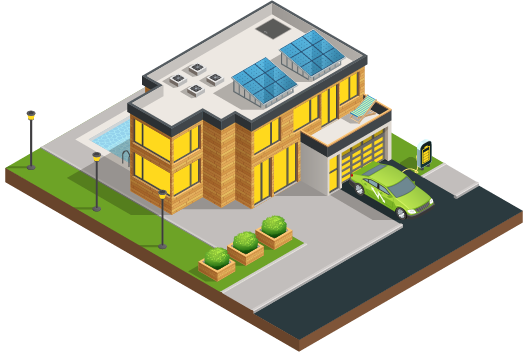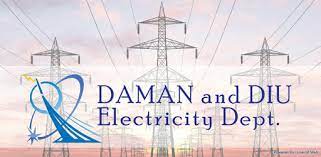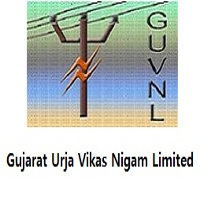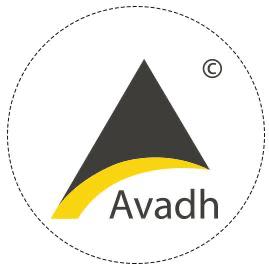Rooftop
Home » Rooftop
wordpress-seo domain was triggered too early. This is usually an indicator for some code in the plugin or theme running too early. Translations should be loaded at the init action or later. Please see Debugging in WordPress for more information. (This message was added in version 6.7.0.) in /home/gridsolarusa/public_html/wp-includes/functions.php on line 6114Home » Rooftop

In a Grid Connected Rooftop also called as Small SPV system, the DC power generated from the SPV panel is converted to AC power using a power conditioning unit/Inverter is fuelled to the grid either to a 440/220 Volt three/single phase line or to a 33 kV/11 kV three-phase lines depending on the capacity of the system installed at residential, institution/commercial establishment and the regulatory framework specified for respective States.





















© GRID SOLAR USA 2025